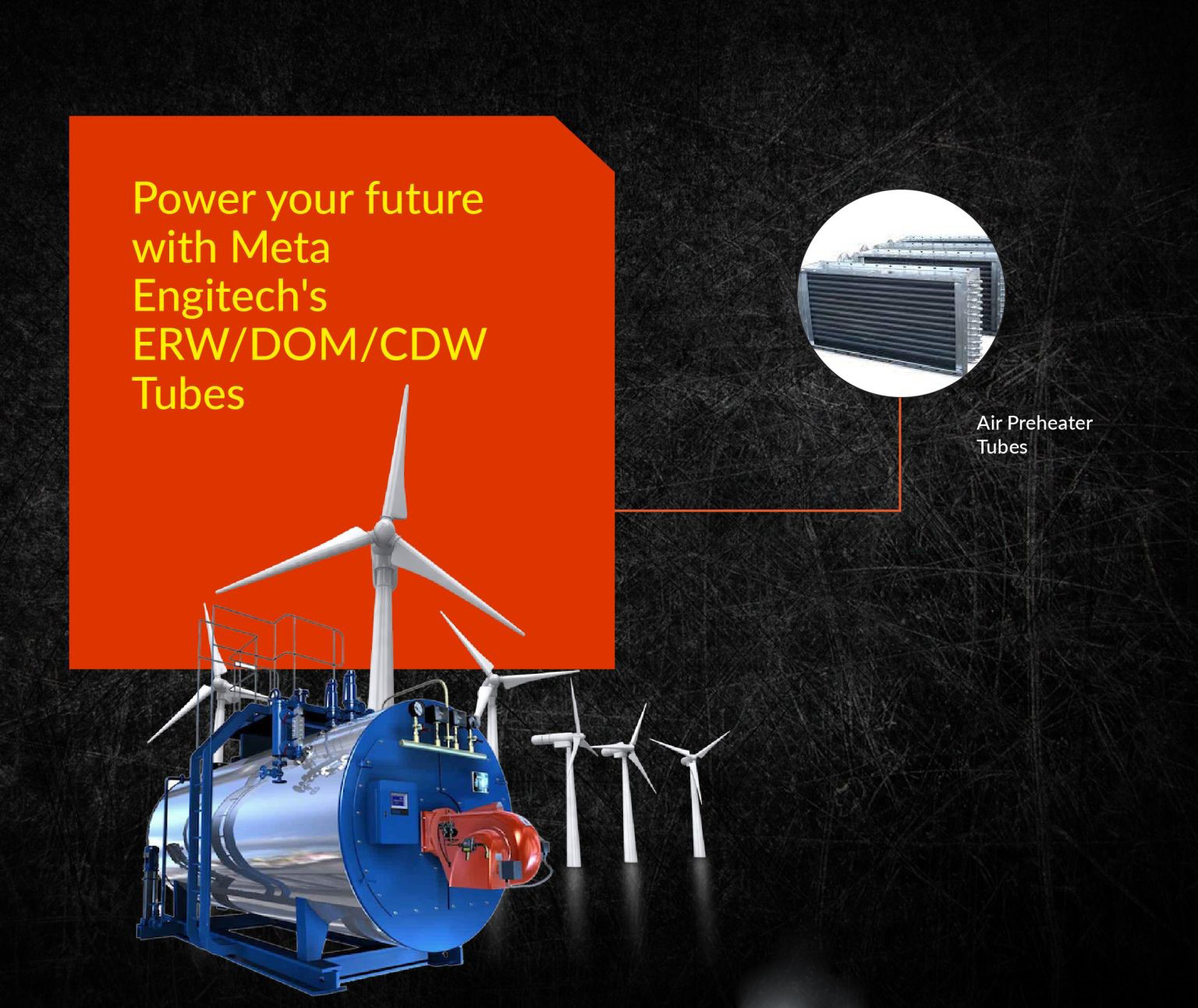Air Preheater
Air Preheaters (APH) are Shell and tube type heat exchangers installed in boilers to heat the air before using it for combustion. The main function of an air preheater is to extract the excess heat from the flue gases in the boiler. As we know, combustion requires air, fuel, and fire to take place. Air preheaters help significantly in feeding the hot air and increasing the combustion efficiency for the operation in steam boilers. For combustion, the fuel fed in boilers is of room temperature that needs heating for ignition, and therefore, hot air is used to enhance the combustion process.
Function of Air Preheater in Boilers:
Air Preheaters, as mentioned, are actually heat exchangers located at the exit of the flue gas duct in the steam boiler. Air preheaters accelerate the overall thermal efficiency of the boiler by regaining the excess heat in the flue gases that might be lost without the preheaters. With an air preheater, the useful heat is recovered and used for preheating in the combustion process. If the exiting heat is 180°C, air preheaters manage to extract the heat of 100°C for combustion in the boiler.

Types of Air Preheaters used in Steam Boilers:
Air preheaters are classified into 2 types namely, Tubular type Air preheater and Regenerative type Air preheater. Let us have a look at both types in detail.
Tubular type air preheater:
A tubular type of air preheater is located at the outlet of flue gas ducting, consisting of bundles of straight tubes. It is found across the outlet ducting and open at both ends at the outside of ducts. The hot gases pass through the internals of ducting from one end. Whereas, the other end of the ducting contains air from forced draft fans. The hot gases and the air is carried to hot air ducting as the air preheater extracts hot air and later transfers it to the furnace for combustion.
Regenerative type air preheater:
Regenerative type air preheaters are widely used for large-scale industries and power generation plants due to their compact size and efficiency. The design of regenerative air preheaters enables it to heat primary air that dries and transports fuel and the secondary air used in the furnace for combustion purposes. It is circular in its structure that consistently rotates in the horizontal and vertical axis. This type of air preheater is divided into various sectors, each containing a basket or holder. In most cases, three sectors are found in regenerative air preheaters. The first sector is adjoined with ducting of the hot gas outlet, while the other end is connected with ducting that carries low-temperature gases to the dust collectors.
The second sector is joined to the outlet of Forced Draft Fan on one side, and on the other side, to the ducting that carries hot air to the furnace for combustion. The third sector is connected with the primary fan outlet on one end, while the other end is connected with ducting to absorb hot air for heating purposes in the steam boiler. The air from the primary fan heated with regeneration air preheaters are used as hot air for the removal of moisture content from fuels like coal and as primary air for combustion
- Absorption of maximum waste heat from flue gases
- Air preheaters increase the efficiency of the steam boiler by 2% to 3%
- Low payback time
- Enhanced stability by using hot air
- Proper combustion of poor quality fuels
- High heat transfer rate and low heat transfer area requirement
- Reduced unburnt fuel particles result in high combustion efficiency